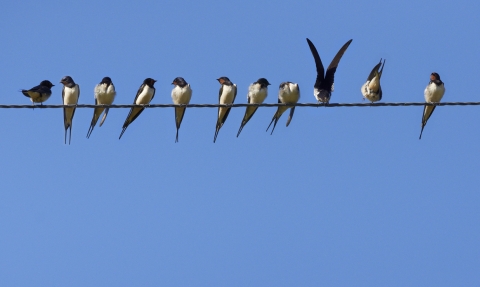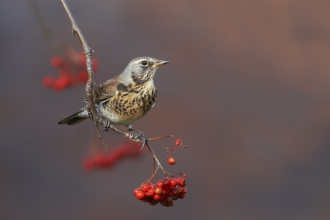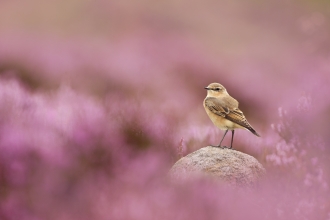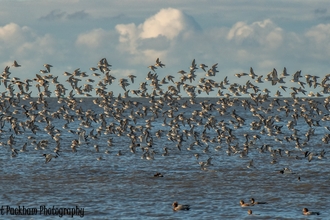
Alan Price/Gatehouse Studio
Bird Migration
Bird Migration
Whether flying from the south to breed in the spring, or from the north in the winter in search of food and milder climes, or simply passing through on their journey, bird migration is one of the UK’s most impressive natural events. Witness the comings and goings of flocks over the year, while remembering to look out for those preferring to fly solo. Cuckoos in April, Arctic wading birds in July, and Europe’s smallest bird in October, the goldcrest, weighing the same as a ten pence piece yet, incredibly, able to journey across the North Sea to spend its winter here.
Where can I see them?
Do a little research in advance and find some of the best Wildlife Trust reserves to see migratory birds. Flocking birds are highly mobile and don’t always turn up when you hope!
Wigan Flashes - The Flashes (lakes) are a legacy of Wigan’s industrial past and were formed as a result of mining subsidence. Over 200 species of bird have been recorded here. Visit for overwintering grey heron, tufted duck, coot, pochard, goldeneye, gadwall and great crested grebe.
What to look for
Be prepared for an early start, as first few hours of the day are often the busiest. Bring some sandwiches! You won’t want to miss a moment of the action having to go looking for some lunch.
The major migration hotspots are around our coasts, especially during the spring, but autumn migration can be seen almost anywhere in the country. Compared to the great rush north, when all the birds are arriving at the same time, in a hurry to get on with the vital task of breeding, birds take the journey south in stages, stopping to refuel and socialise on the way.






